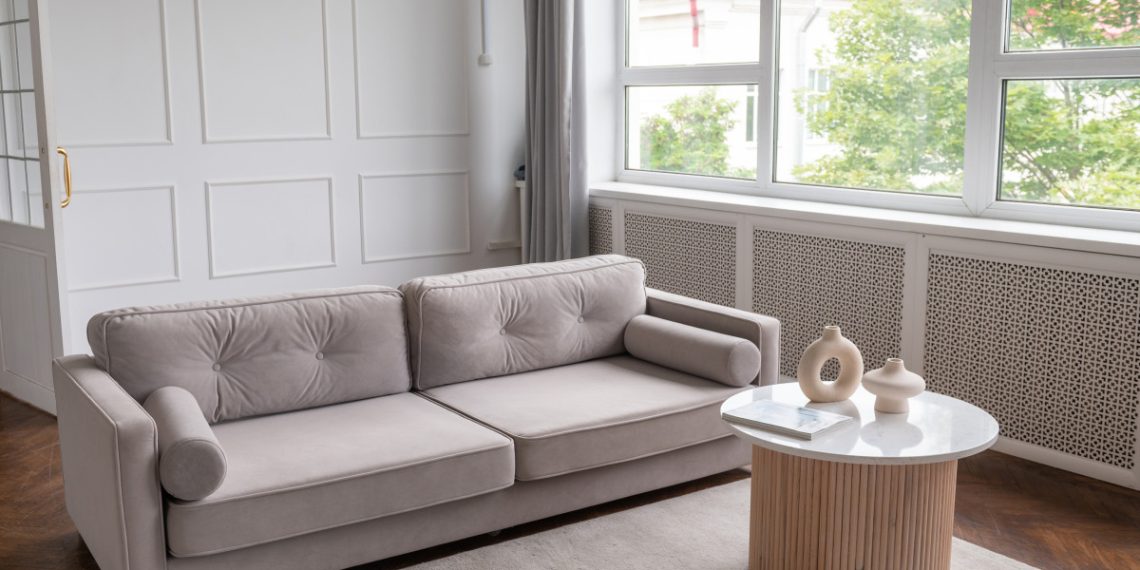Radiators are essential for heating our homes, but their aesthetic appeal is often lacking. Many opt to use radiator covers to conceal these eyesores and add a touch of style to their interiors. However, as energy costs continue to rise, it’s crucial to understand how these covers can impact your home’s heating efficiency.
Do radiator covers block heat?
Radiator covers have gained popularity for their dual function of hiding unsightly radiators while also providing extra shelf space. The right cover can transform a room, making it look more cohesive and stylish without requiring significant investment. For instance, you might check out the various radiator covers available to match your interior design. But before you rush out to order one, consider whether this decorative addition could be hindering your home’s heating efficiency.
Many worry that radiator covers might obstruct heat, leading to higher energy bills. According to experts, the key factor lies in the design of the cover. Radiator covers with adequate gaps allow heat to escape efficiently. As Rhiannon Moore points out, “Radiator covers do not block too much heat as long as they have sufficient gaps for it to escape.” This means you can keep your home cozy without sacrificing style.
Improving radiator efficiency
Aside from selecting a well-designed cover, there are additional steps you can take to enhance radiant heat distribution. Installing inexpensive foil insulation behind your radiator can significantly improve its performance. This method helps reduce the overall energy needed to heat a space and keeps rooms warmer for longer periods. Additionally, you might consider exploring a radiator cover from Sentimo designed specifically to maintain efficient heat flow.
For optimal results, adhere to general guidelines recommended by heating experts. Rhiannon advises having at least one-third of the radiator cover open to ensure enough heat escapes. Additionally, ensuring proper spacing between the radiator and its cover is essential. Nancy recommends maintaining at least 5 centimeters in width, 3 centimeters in height, and 3 centimeters in depth for even heat distribution and to prevent affecting BTU output.
Material matters
The material of the radiator cover plays a significant role in its efficiency. Wooden covers are popular due to their aesthetic appeal, but research suggests they may not be the most efficient option. According to a study by Liverpool John Moores University, wooden radiator covers can reduce heat output by up to 40 percent. Keeping this in mind, explore options with better heat conductivity or designs that incorporate ample ventilation openings.
With thoughtful selection and installation, radiator covers can be a fashionable yet functional addition to your home. Taking into account factors like the size, design, and placement of gaps ensures minimal impact on heat output. Combining covers with additional solutions like reflector foils enables you to maintain both a comfortable temperature and a visually appealing environment.
Ultimately, the goal is to enhance the aesthetics of your living space without compromising on the warmth and comfort we all need during colder months. Make informed choices when integrating radiator covers into your decorating scheme, balancing aesthetics with practical efficiency to enjoy the best of both worlds.







